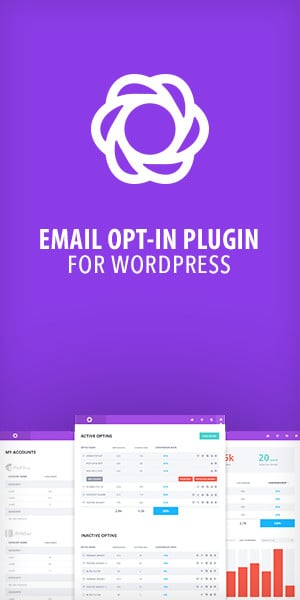Google reviews play a crucial role in shaping the reputation and success of businesses of all sizes. They not only impact your search rankings but also influence potential customers’ purchasing decisions.
However, soliciting reviews from customers can prove to be time-consuming and challenging, yielding only a limited response. That’s where Google review automation comes into play.
Google Review Automation: What Is it Exactly?
An automated Google review system involves using technology specifically designed to simplify the process of collecting and managing reviews on a business’s Google business listing.
It provides different methods for review collection including using email or text messages to ask customers for their feedback. The system conveniently enables sending review requests at scale, while making it effortless for customers to leave their reviews.
Google review collection serves multiple purposes:
- Firstly, it aims to improve a business’s online reputation. By accumulating a higher number of positive reviews, businesses can establish trust and credibility among potential customers.
- Secondly, it contributes to enhancing search rankings. Google’s algorithms consider the quantity, quality, and recency of reviews as a key factor when determining search result rankings.
- Finally, a strong online reputation resulting from positive reviews can directly impact sales and revenue.
The Benefits of Automating Google Reviews
Implementing automated Google reviews can significantly streamline your review collection process and provide numerous benefits:
1. Time-saving Efficiency
One of the advantages of an automated review system is the time and effort it saves for businesses.
By streamlining the process of requesting, monitoring, and responding to reviews, automation tools simplify the overall review management process.
2. Steady Stream of Reviews
With Google review automation, businesses can implement efficient review collection strategies at multiple touchpoints in their customer journey, thereby increasing the likelihood of generating more reviews from customers.
3. Centralized Review Management Dashboard
Managing reviews from multiple review websites can be challenging. However, review automation tools eliminate the hassle by providing a centralized review management dashboard.
Businesses can efficiently manage all their online reviews in one place, making it easier to keep track of reviews, respond to them, and analyze customer feedback.
This approach allows businesses to gain valuable insights into their customer experiences and identify areas for improvement.
4. Real-time Monitoring and Prompt Responses
Businesses have the added advantage of real-time feedback in the form of instant notifications. These alerts notify businesses whenever a new review is posted, allowing them to respond promptly to both positive and negative reviews.
When a company responds to customer feedback in a timely manner, it sends the message that each customer’s voice holds weight. Positive or negative, all reviews present an opportunity to affirm your commitment to addressing consumer concerns and bettering their experience.
5. Improved Search Rankings and Online Presence
Businesses with a consistent flow of positive reviews are more likely to rank higher on local search results, positively impacting their online presence and visibility.
Moreover, positive reviews enhance trust among potential customers, making them more inclined to choose businesses with a high number of positive reviews.
By leveraging Google review automation to generate feedback, businesses can strengthen their online reputation and increase their chances of attracting new customers.
6. Gaining Valuable Customer Insights
With an automated review system in place, businesses can analyze customer feedback over time and make data-driven decisions to improve their business.
Tracking trends and patterns in reviews can help identify areas for improvement and capitalize on strengths.
This consistency in feedback solicitation helps create a reliable source of feedback, allowing businesses to make improvements based on customer opinions and preferences.
Tools for Automating Google Reviews
Now that we understand the benefits of automated Google reviews let’s explore how these systems work.
Automated review tools offer unique features such as review request strategies, response management, and more, all aimed at simplifying the review collection process.
Setting up Google review automation for your business usually involves the following steps:
- Choose a Review Management Software: Businesses should select a review management software that suits their needs, budget, and goals.
- Integrate your Google Platform: Connect to your business’s Google platform to integrate reviews and manage them within the software dashboard.
- Set up Review Request Campaigns: Businesses can set up email or SMS campaigns to send review requests to customers after their interactions with the business.
- Customize the Review Request Message: The software allows businesses to customize their review request template, ensuring it aligns with their branding and voice.
- Send Review Reminders: Once everything is set up, businesses can send review requests to customers reminding them to leave a review.
Ideally, businesses should monitor and respond to all reviews as they come in. This demonstrates their commitment to customer satisfaction, further improving their online reputation.
Conclusion
Implementing an automated system for collecting and managing Google reviews provides immense value for businesses looking to succeed online.
Google reviews have become a pivotal factor influencing a company’s search rankings, reputation, and ultimately, sales.
By leveraging automated Google review solutions, companies can effectively improve efficiency while enhancing their brand image and accelerating sustainable growth.




